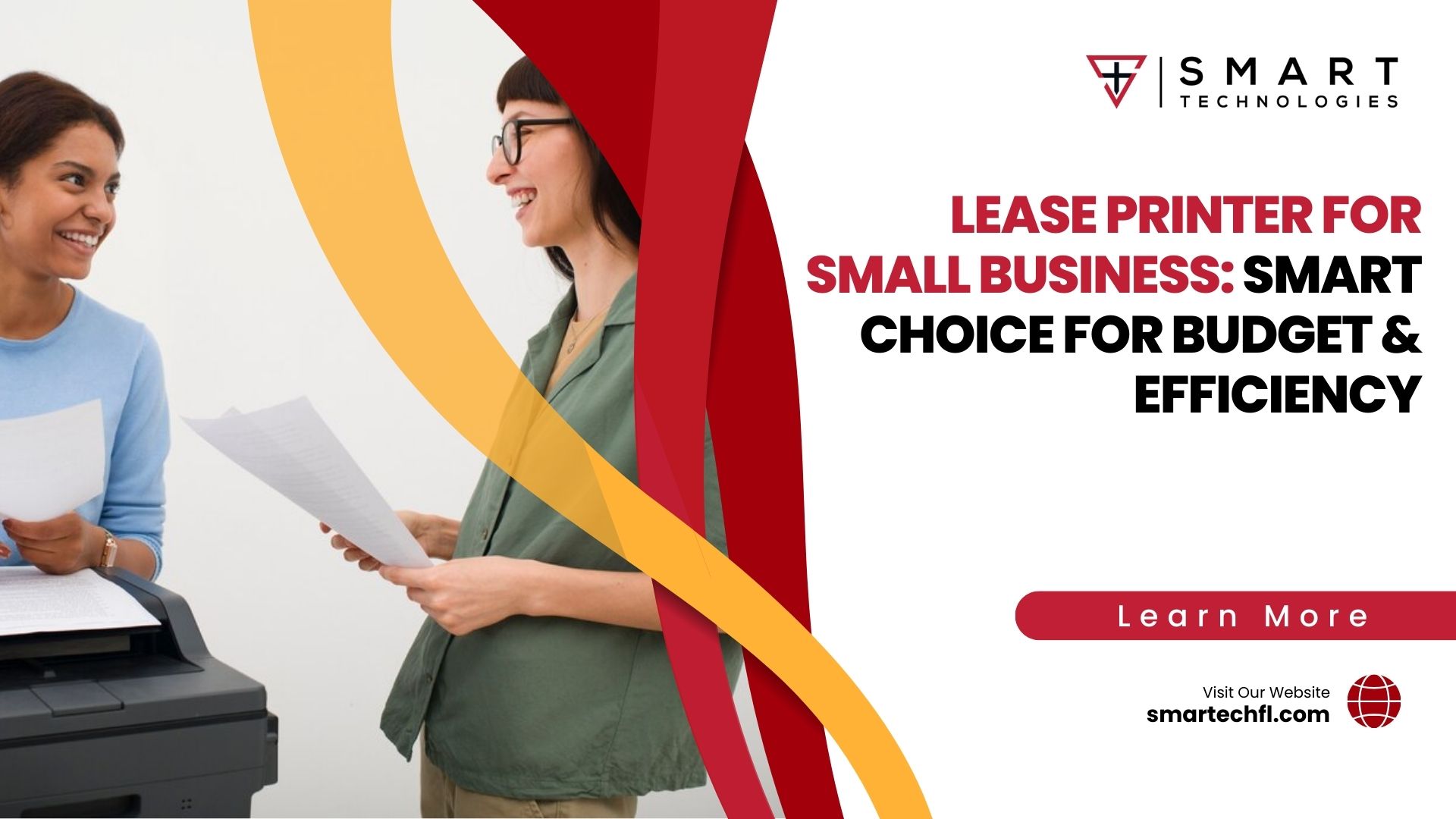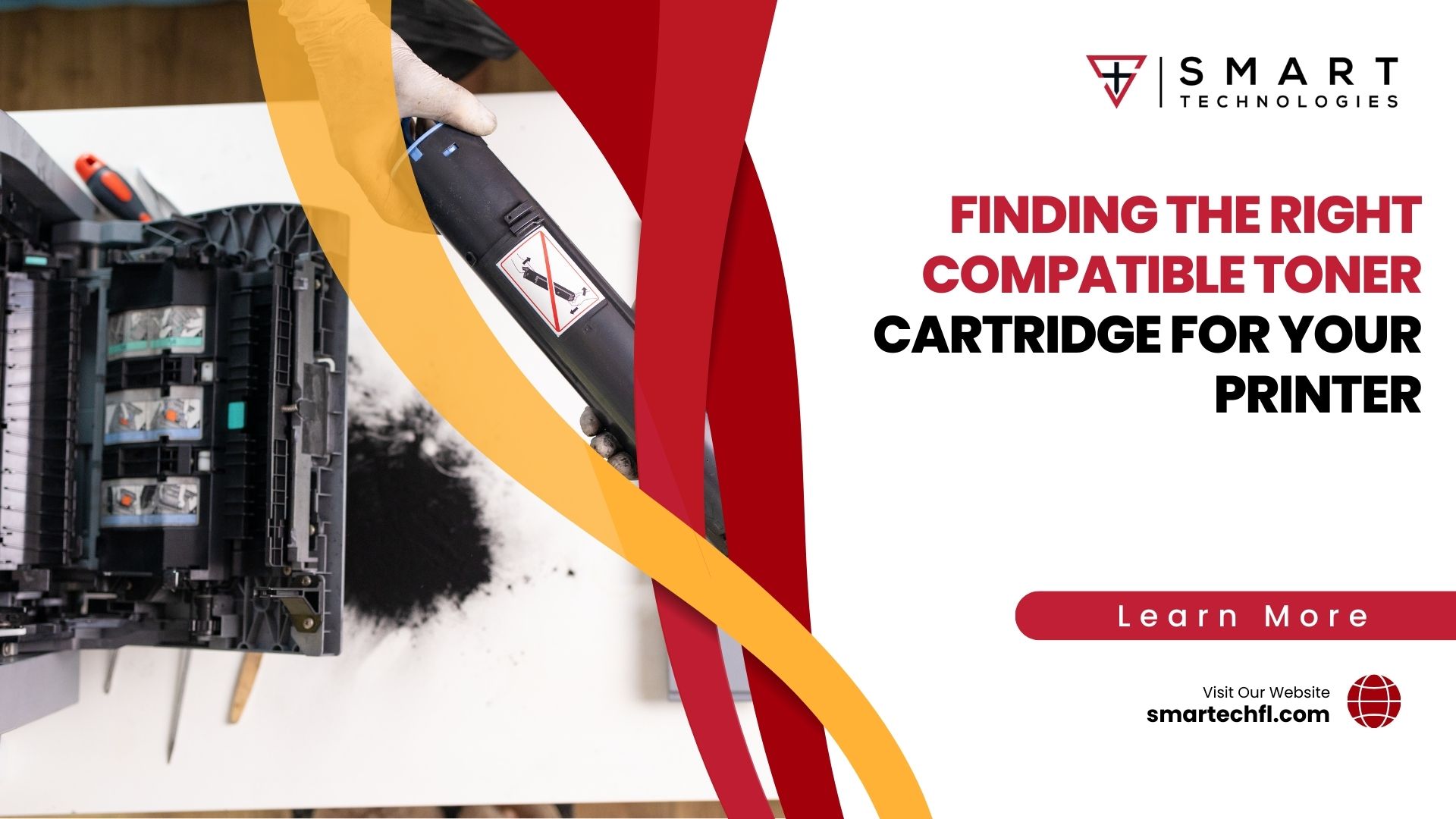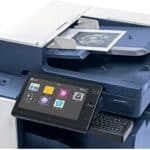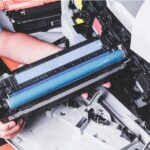What are Multifunction Printers? All About MFP Explained Simply
What are Multifunction Printers?
Imagine a machine that can print, scan, and copy all your documents with ease. That’s the core functionality of an MFP. But its capabilities extend far beyond these basics. In other words, MFPs are full of functionalities, streamlining workflows and boosting productivity in both homes and offices.
Who can benefit from an MFP? The answer is simple: anyone who regularly interacts with physical documents. Students, home-based entrepreneurs, and busy professionals alike can leverage the versatility of an MFP.
Functionality Explained
The Core Functions of an MFP
An MFP’s core functionality revolves around three essential tasks: printing, scanning, and copying.
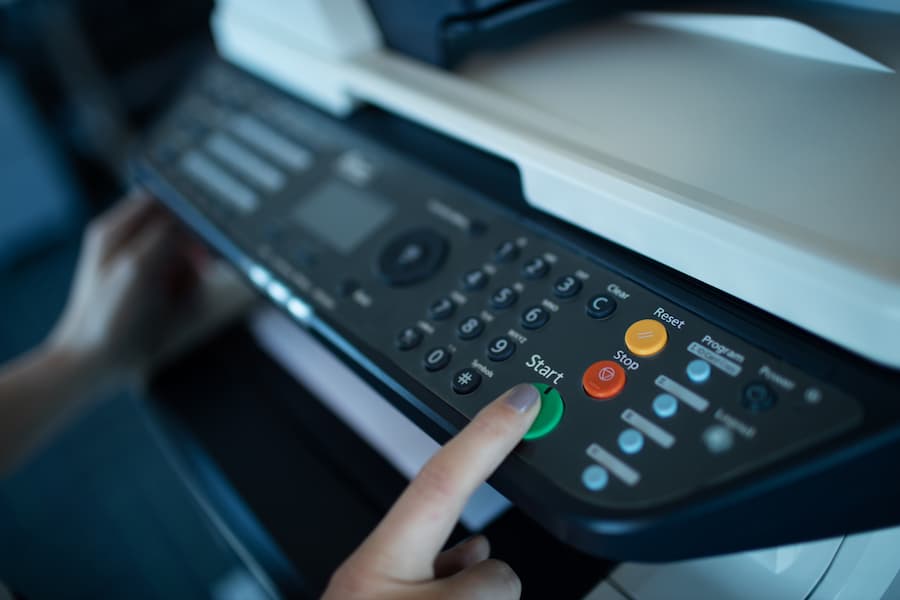
Printing: MFPs can handle various printing needs, from basic text documents to high-resolution images. The two main printing technologies employed in MFPs are inkjet and laser. Inkjet printers are generally more affordable and excel at photo printing. However, they tend to have slower printing speeds and higher running costs per page. Laser printers, on the other hand, offer fast printing speeds and lower running costs, making them ideal for high-volume printing tasks.
Scanning: MFPs come equipped with scanners that enable you to convert physical documents into digital formats. There are two primary scanner types: flatbed and automatic document feeder (ADF). Flatbed scanners are ideal for single pages or fragile documents, while ADF scanners are perfect for handling multi-page documents efficiently. Scan quality is typically measured in dots per inch (dpi), with higher dpi resulting in sharper and clearer digital copies.
Copying: Need to duplicate documents quickly? MFPs have you covered! The copying function allows you to create high-quality replicas of your documents, with some models offering additional features like collating and stapling for professional-looking presentations.
Additional MFP Features
While the core functions are impressive, MFPs offer additional features that further enhance their versatility.
Faxing: Although not as widely used as in the past, some MFPs still integrate fax functionality, enabling you to send and receive documents electronically.
Photo Printing: Love capturing memories? Many MFPs boast exceptional photo printing capabilities, allowing you to turn your digital photos into beautiful prints.
Networking and Connectivity: Modern MFPs offer various connectivity options, including Wi-Fi and Bluetooth, enabling wireless printing from your computer or mobile devices.
Document Management Features: Certain MFPs come equipped with features that streamline document management. These can include functions like scanning directly to cloud storage services or emailing scanned documents.
Advanced Finishing Options: For a truly polished touch, some MFPs offer advanced finishing options like stapling, hole punching, and booklet making.
Choosing the Right MFP Functions for You
Selecting the right MFP for your needs hinges on a few key factors. Home users with occasional printing needs might prioritize affordability and compact size. Conversely, office environments with high-volume printing demands might benefit from a more robust MFP with features like automatic document feeders and fast printing speeds.
Printing volume is another crucial consideration. If you anticipate printing large quantities of documents, a laser MFP with lower running costs might be a wise investment. Connectivity options are also important. If you plan on printing wirelessly from your smartphone or tablet, ensure the MFP offers compatible Wi-Fi or Bluetooth connectivity.
By carefully considering your specific needs and usage patterns, you can choose the perfect MFP to streamline your workflow and boost your productivity.
Types and Technologies
MFP Technology – Inkjet vs Laser
MFPs come in two primary technological flavors: inkjet and laser. Understanding the strengths and weaknesses of each will help you pick the perfect match for your needs.
Inkjet MFPs are a budget-friendly option, often boasting a more compact design. They excel at producing high-quality photos, thanks to their fine mist of ink droplets that create vibrant colors. However, inkjet MFPs typically have slower printing speeds and higher running costs per page. Ink cartridges can dry out over time, and replacements can add up quickly, especially for frequent printing.
Laser MFPs, on the other hand, are workhorses built for speed and efficiency. They utilize toner powder to create crisp, sharp black and white or color text documents. Laser MFPs are ideal for high-volume printing environments, boasting lower running costs per page compared to inkjets. The initial cost of a laser MFP tends to be higher, but the long-term savings on toner can be significant. For a more in-depth comparison of inkjet and laser technology, you can explore resources readily available online.
MFP Types by Size and Functionality
The world of MFPs extends beyond a one-size-fits-all approach. Different MFP types cater to varying needs and office environments.
- Desktop MFPs are compact and lightweight, making them ideal for home offices or small workspaces with limited space. These MFPs typically offer basic printing, scanning, and copying functionalities.
- Workgroup MFPs are designed for handling the heavier printing demands of small to medium-sized businesses. They offer faster printing speeds, larger paper handling capacities, and may even include features like automatic document feeders for efficient multi-page scanning.
- Departmental MFPs are the heavy hitters of the MFP world. These high-speed machines are built for production printing environments, churning out large volumes of documents at lightning speed. They might also boast advanced finishing options like stapling, hole punching, and booklet making for a professional touch.
- All-in-One printers (AIO printers) are a subcategory of MFPs, often used for home use or very basic office needs. They typically offer a more limited feature set compared to their larger counterparts, focusing on core functionalities like printing, scanning, and copying.
By understanding the different MFP types available, you can ensure you select a device that aligns perfectly with your printing and document management requirements.
Benefits and Considerations
Benefits of Using an MFP
Say goodbye to office clutter! MFPs are champions of space optimization. By integrating the functionalities of several devices into a single unit, they free up valuable desk real estate. This translates to a more organized and streamlined workspace, perfect for boosting productivity.
But the benefits of MFPs extend far beyond a minimized footprint. They act as workflow warriors, automating tasks and saving you precious time. Imagine scanning a document and sending it directly to your email with a few clicks. In other words, MFPs streamline document management processes, allowing you to focus on more strategic tasks.
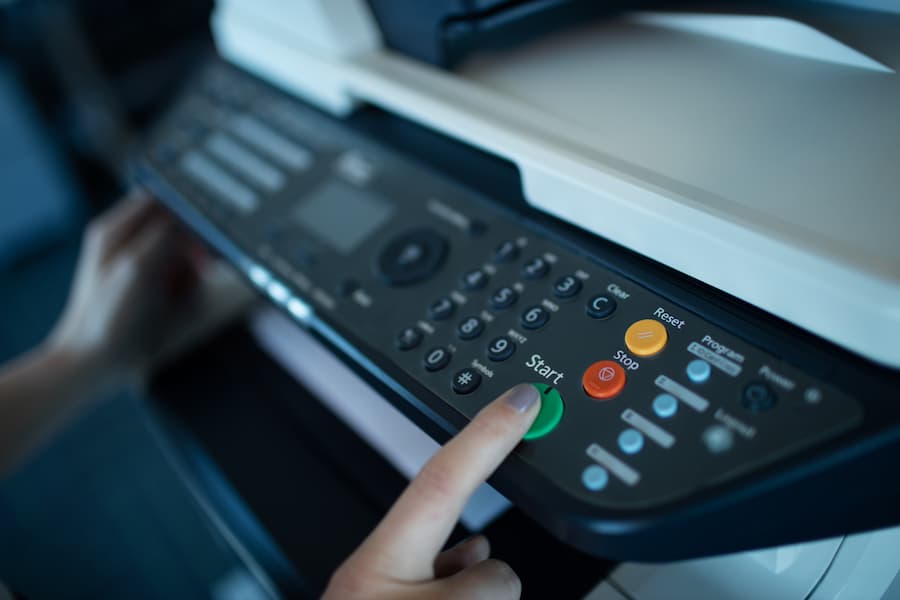
Furthermore, MFPs offer a wealth of functionality. Gone are the days of juggling separate printers, scanners, and copiers. An MFP empowers you to print high-quality documents, scan important papers into digital formats, and even create crisp copies – all with a single device. This versatility makes MFPs ideal for a wide range of users, from students juggling assignments to busy professionals managing projects.
Considerations Before Buying an MFP
While MFPs offer a compelling value proposition, there are a few key factors to consider before bringing one home – or to the office. First things first, think about the initial cost versus the running cost. MFPs with a lower initial price tag might have higher costs per page due to factors like expensive ink or toner cartridges. On the other hand, some MFPs with a higher upfront investment might offer lower running costs, making them a more sustainable choice in the long run.
Secondly, assess your printing volume and needs. If you only print occasionally, a basic MFP might suffice. However, for high-volume printing environments, a robust MFP with features like automatic document feeders and fast printing speeds is crucial.
Don’t forget about the features! MFPs come equipped with a varying range of functionalities. Consider which features are essential for you. Do you need advanced finishing options like stapling and hole punching? Is wireless printing a must-have for mobile printing convenience? By carefully considering your needs, you can ensure you select an MFP that perfectly aligns with your workflow.
Finally, factor in maintenance and replacement costs. Research the availability and cost of ink or toner cartridges for your chosen MFP. Additionally, consider the manufacturer’s warranty and support options to ensure you’re covered in case of any issues.
By carefully evaluating these factors, you can make an informed decision and select the perfect MFP to meet your specific needs and budget.
Using Your MFP Effectively
Unleashing the Power of Your MFP
Congratulations on becoming an MFP owner! Now, let’s explore how to harness its full potential. Setting up your MFP is typically a straightforward process. Most manufacturers provide clear user manuals and online resources to guide you through the initial installation and configuration.
Ready to print, scan, or copy? The basic functionalities are often user-friendly. Simply navigate the MFP’s control panel or display screen to select the desired function and follow the on-screen prompts. Many MFPs even offer intuitive interfaces with clear icons and easy-to-understand instructions.
But wait, there’s more! Modern MFPs often boast a plethora of advanced features waiting to be explored. Here are a few examples:
Mobile Printing: Gone are the days of being tethered to a computer to print. Many MFPs offer mobile printing capabilities through dedicated apps or cloud services. This allows you to print documents directly from your smartphone or tablet, adding a layer of convenience to your workflow.
Scanning to Cloud Storage: Streamline document management by scanning important papers directly to cloud storage services like Dropbox or Google Drive. This not only saves physical space but also ensures easy access to your scanned documents from any device, anywhere.
Document Management Features: Certain MFPs come equipped with features that simplify document organization. For instance, you might be able to scan documents and automatically name them according to specific criteria, making them easier to find and retrieve later.
These are just a few examples of the advanced functionalities that MFPs offer. Exploring the user manual or manufacturer’s website will reveal the specific features available on your MFP model. Don’t be afraid to experiment and discover the functionalities that can streamline your workflow and boost your productivity.
By mastering the functionalities of your MFP, you can unlock its full potential and transform it into a powerful tool for boosting your efficiency and productivity.
What People May Also Ask
What is the difference between an MFP and an AIO printer?
In essence, AIO printers are a subcategory of MFPs. They typically offer a more limited set of features compared to full-fledged MFPs, focusing on core functionalities like printing, scanning, and copying. Think of AIO printers as a simpler and more budget-friendly option for basic needs.
What type of MFP is best for home use?
For home users with occasional printing needs, a compact and affordable MFP with basic functionalities might suffice. However, if you frequently print photos or require advanced features like automatic document feeders, a more robust MFP might be a better investment.
What are the running costs of an MFP?
The running costs of an MFP can vary depending on the model, type of printing technology (inkjet vs laser), and frequency of use. Research the cost of ink or toner cartridges for your chosen MFP to estimate the ongoing expenses.
How do I connect my MFP to Wi-Fi?
The specific steps for connecting your MFP to Wi-Fi will vary depending on the model. However, most MFPs offer user-friendly menus or prompts to guide you through the Wi-Fi setup process. Consult the user manual or manufacturer’s website for detailed instructions.
Where can I find ink or toner cartridges for my MFP?
You can purchase ink or toner cartridges from various sources, including the MFP manufacturer, online retailers, or office supply stores. Ensure you purchase compatible cartridges specifically designed for your MFP model to avoid any compatibility issues.
Conclusion
In conclusion, MFPs are a game-changer, offering a space-saving, efficient, and versatile solution for your printing, scanning, and copying needs. Whether you’re a student, home-based entrepreneur, or busy professional, an MFP can streamline your workflow and boost your productivity.
By considering your specific needs and functionalities, you can choose the perfect MFP to fit your budget and transform it into a powerful tool for success. So, ditch the clutter and embrace the convenience – the world of MFPs awaits!
You can contact us by phone, email, or by visiting our offices:
- Phone: (386) 261-8323
- Email: contact@smarttechfl.com
- Address: 771 Fentress Blvd. #10, Daytona Beach, FL 32114





